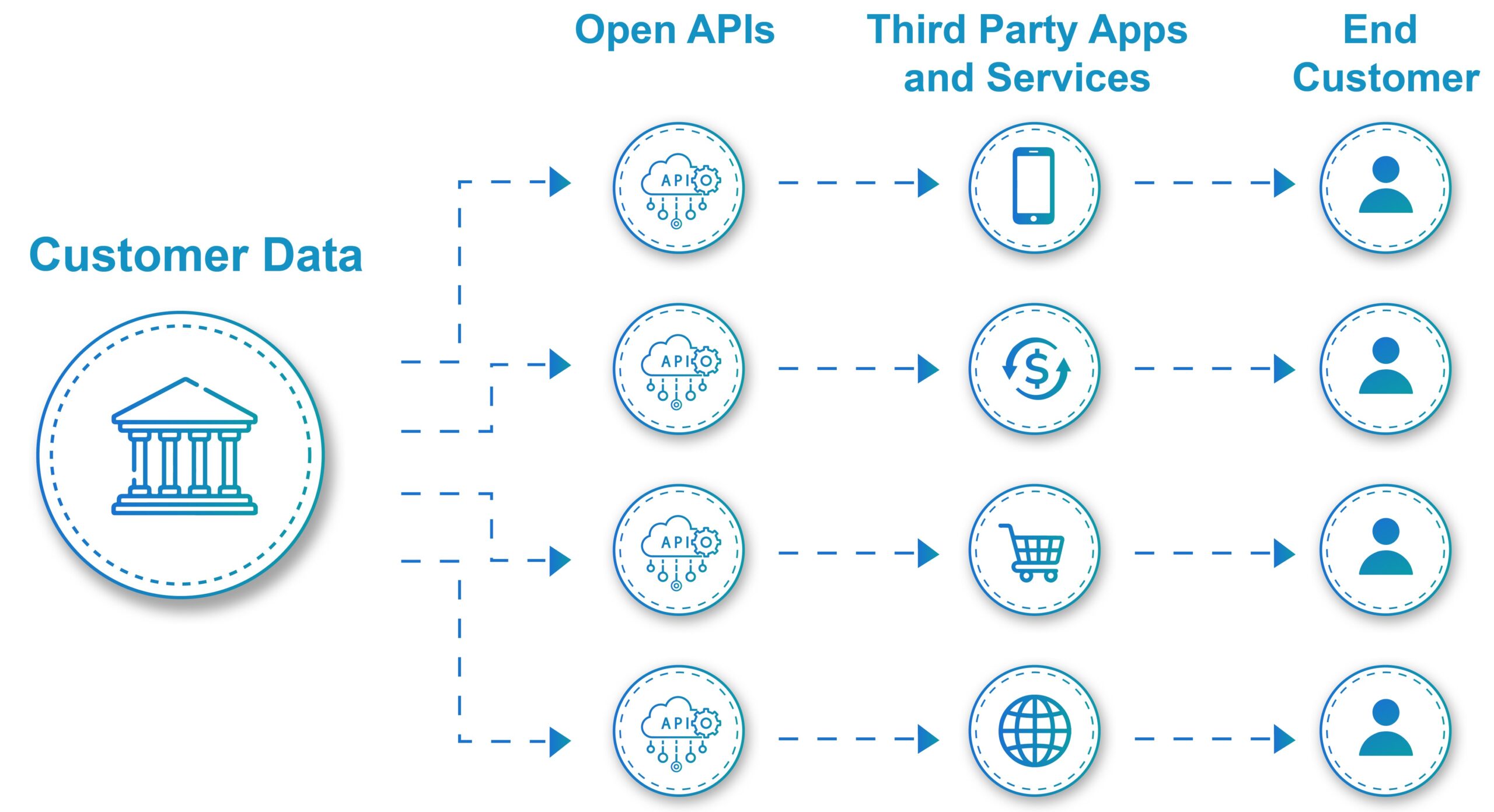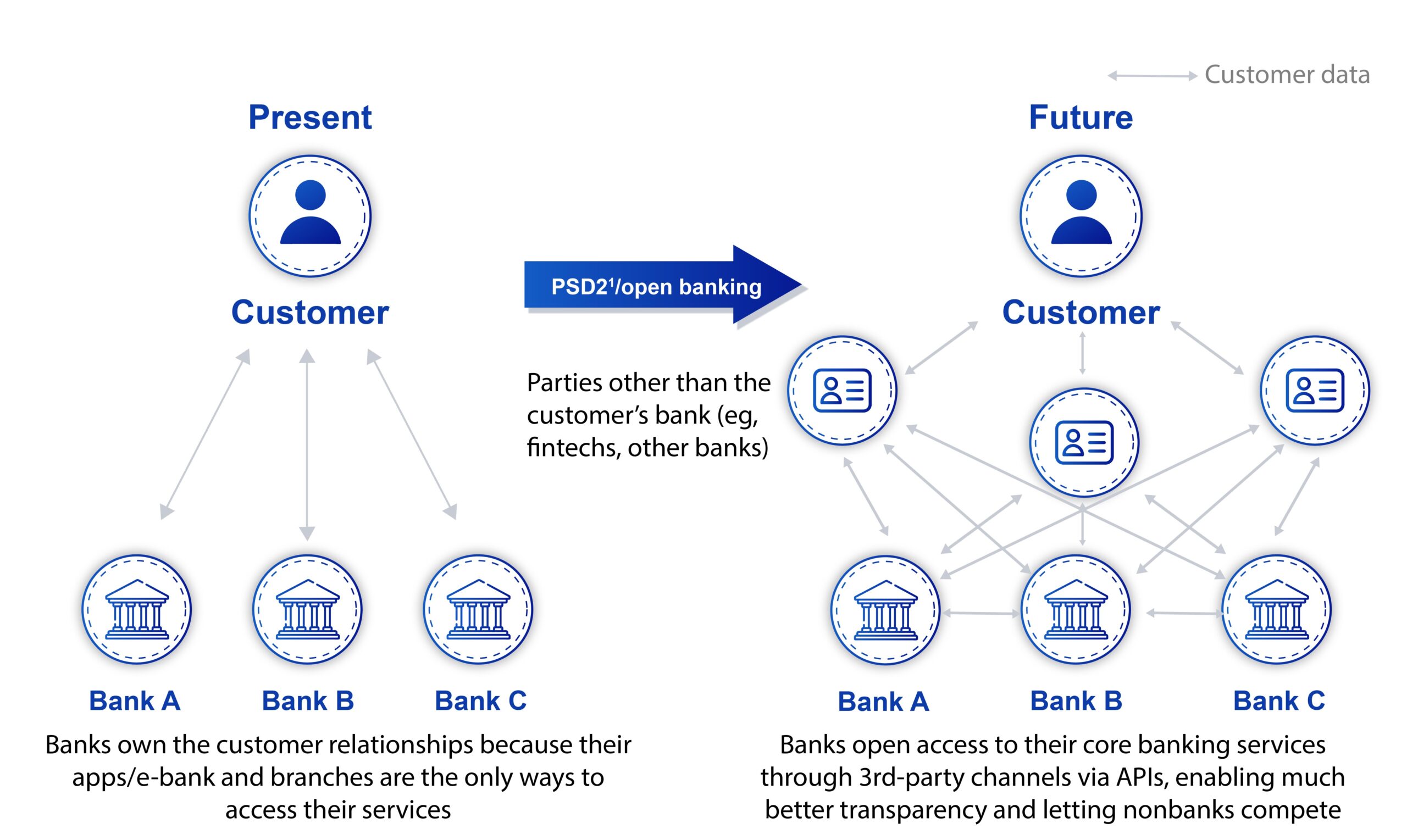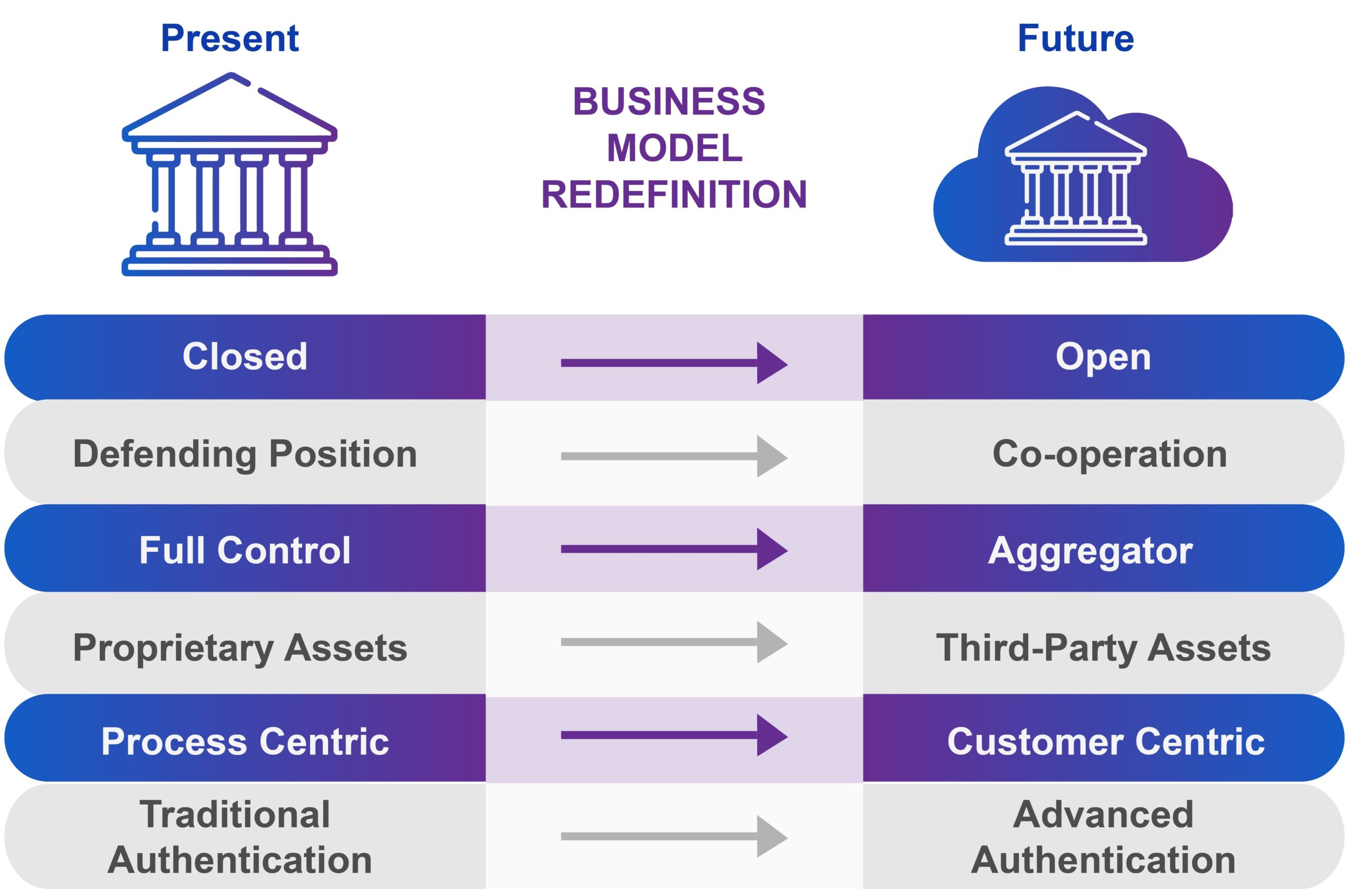
What is UI/UX Testing?
What is UI/UX Testing?
In today’s digital landscape, where user experience reigns supreme, the significance of User Interface (UI) and User Experience (UX) cannot be overstated. They are pivotal in determining the success of any digital product. UI/UX testing plays a critical role in ensuring that these elements align harmoniously to deliver a seamless and gratifying experience to users.
What is UI/UX Testing?
UI/UX testing is a meticulous process that evaluates the functionality, usability, accessibility, and overall experience of a digital product, such as websites, mobile applications, or software interfaces. It delves into both the visual interface (UI) and the experiential journey (UX) to identify potential issues and refine the product for optimal user satisfaction.
The Importance of UI/UX Testing –
Enhanced User Satisfaction – A well-designed UI/UX ensures users can navigate effortlessly, find information intuitively, and accomplish tasks efficiently. Testing helps identify pain points and rectify them, thus improving overall satisfaction.
Brand Reputation – A positive user experience contributes significantly to a brand’s reputation. Conversely, a poor experience can lead to negative perceptions and impact user retention.
Reduced Development Costs – Addressing UI/UX issues in the early stages of development through testing prevents costly rework and redesigns later on.
Key Aspects of UI/UX Testing –
Usability Testing – Usability testing evaluates the ease with which users can interact with the product. Testers observe real users as they navigate through the interface, identifying hurdles or confusing elements that hinder the user journey.
Visual Design Testing – This aspect focuses on the visual appeal and consistency of the interface. It assesses elements such as color schemes, typography, icons, and overall aesthetics to ensure they align with the brand identity and enhance user engagement.
Accessibility Testing – Accessibility testing ensures that the product is usable by individuals with disabilities. It assesses compliance with accessibility standards, such as screen reader compatibility and keyboard navigation, fostering inclusivity.
Performance Testing – Performance testing evaluates the speed, responsiveness, and stability of the interface. It identifies potential lags or delays that could affect user experience, allowing for optimization.
A/B Testing – A/B testing involves presenting two versions (A and B) of a design or feature to users to determine which performs better. It helps in making data-driven decisions to enhance the UI/UX based on user preferences.
IGS’s Solutions in UI/UX Testing
Targeted Simulation – We meticulously select our crowdsource testing audience, ensuring unparalleled precision in results.
Compatibility Testing – With IGS’s Digital Assurance Lab comprising over 200+ Android, 50+ iOS mobile devices and over 50+ TVs and connected Devices (physical) and best in the world Cloud Device Farms, say good bye to all those device & platform compatibility woes
Diverse Demographic Focus – Our in-depth usability research involves testing across various demographics—age, gender, education, income, and more—to determine specific user requirements.
Comprehensive Device and OS Coverage – IGS’s UX testing methodology integrates real-world scenarios, employing a wide range of devices and operating systems for utmost accuracy.
Guaranteed Accessibility Adherence – We prioritize extensive accessibility testing, ensuring your product complies seamlessly with all accessibility standards
Conclusion:
UI/UX testing isn’t your run-of-the-mill testing. Oh no, it’s the secret sauce to a digital masterpiece. It’s about creating experiences that users rave about, share with pals, and keep coming back for more.
In the competitive landscape of today, prioritizing UI/UX testing isn’t just an option; it’s a necessity for building digital products that stand out and leave a lasting impact on users.















